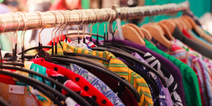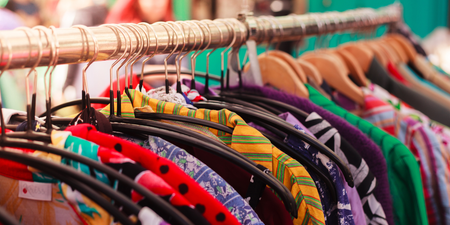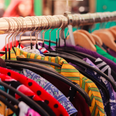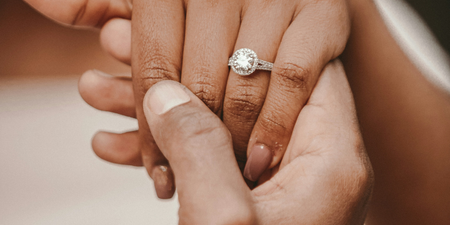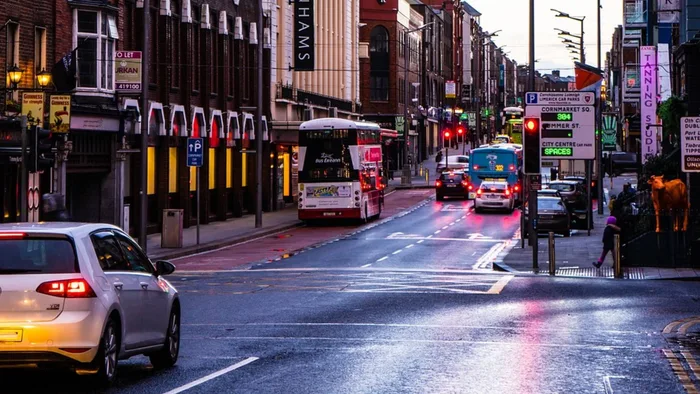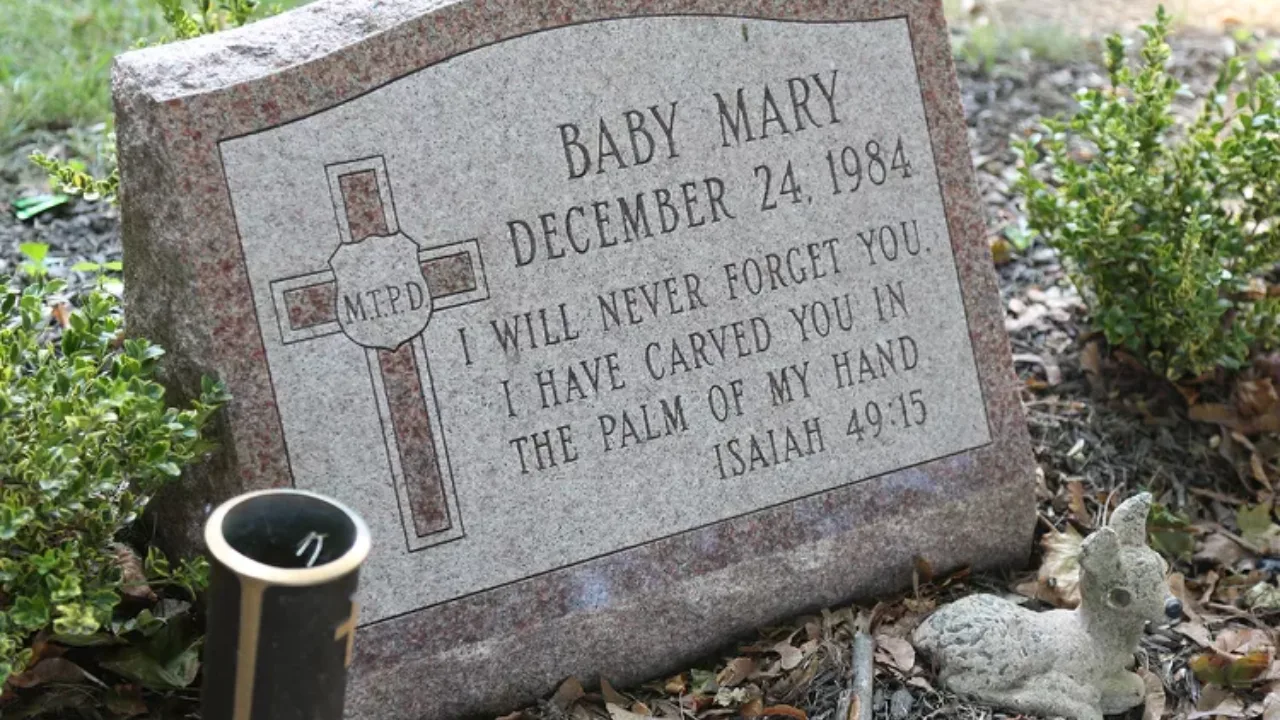
I’ll be the first to admit that, like many of us, I’ve been genuinely ignorant about where my clothes come from in the past.
Don’t get me wrong, I’d seen headlines about clothing factories and seen images of children sitting at sewing machines but I think I became desensitised to the whole issue.
On the other hand, I hadn’t a clue about the environmental impact of my fast fashion habit.
To me, buying things new clothes represented a thrill – the rush of finally making an order once payday came around, the buzz of receiving a big parcel just a few days later and the satisfaction of getting three or four new pieces for less than €50.

We in the West have been buying things made in ethically questionable circumstances for decades but the problem and its consequences have gone into overdrive in the past few years.
The internet has given shoppers more choice and lower prices than ever.
The constant pressure of new trends and the cycle of affordable pieces means that we’re never quite done buying; putting resources under more and more strain.
It’s been uncomfortable to learn how harmful my regular fast fashion hauls are but there are some points I always return to when I feel the urge to buy some new stuff just because I feel like it.
Here are just three ways buying fast fashion is really, really harmful to the planet.
1. Pollution
Make no mistake – buying clothes cheaply is contributing to pollution in a major way.
There’s the pollution associated with transporting both the raw materials and finished products around the world by cargo ship, by rail and on lorries.
Consider then the emissions from manufacturing, as factories are often coal or generator-run and so produce thousands of tonnes of carbon emissions every year.
Water pollution, from things like pesticides used on farms where materials are grown to run-off from dyes and chemicals used on fabrics, is also an issue.
Even after you’ve bought something, it can continue to pollute. Many man-made materials contain microfibres, which are minute pieces of plastic that get into water supplies through washing.
They are reaching seas and rivers and contributing to fish dying before they reach maturity, threatening populations.

2. Textile waste
Never before have humans run through clothing at such a fast rate.
We’re under constant pressure to have new stuff to wear and don’t repair garments like previous generations, meaning the bits in our wardrobes tend to feel old very quickly.
This means millions of pieces of clothing end up being thrown out every year – one lorryful of clothes is burned or sent to landfill every second, according to a report by the Ellen McArthur Foundation.
Often these materials aren’t biodegradable and when they do start to break down, they release methane into the atmosphere.
3. Impact on communities
Given how cheap clothes now are you probably won’t be surprised to hear that the people who make them, who are overwhelmingly women in second and third world countries, aren’t paid well.
Garment workers in Bangladesh, the world’s second-biggest exporter of ready made clothing, make 3.5 times less than they need for a basic standard of living.
Many of the places clothes comes from, like China and Taiwan, have few protections for these workers. They are forced to meet high targets or risk being fired and so can work long hours and miss toilet breaks and lunch to get their work done.
In many countries violence and child labour are also an issue.

So what can we do?
The answers to the dilemmas of fast fashion are simple enough.
Buy less, choose second-hand or vintage when you are buying, get more wear out of what you already have, share and swap things with your friends, educate yourself on who you’re buying from and most importantly, keep the conversation going.
Post on Instagram and tell the people around you why you’re trying to change your habits. Contact brands directly, asking about they ethical standards.
It’s easy to lay blame on huge companies but the fact is that their actions are dictated by consumer demand. When we refuse to buy things that aren’t made ethically or sustainably and their bottom lines start to be affected, they’re forced to reconsider how they do what they do.

During May, Her will be doing some more #ConsciousBits.
Over the month, we’ll be learning how to re-use more than we buy, examining the sheer amount of waste the planet produces, and considering the many, many benefits of sustainable fashion choices.
We’ll also be chatting to some people who have made sustainability a priority, while setting ourselves a few environmentally conscious challenges along the way.
Change is daunting and we’re not perfect, but we can always try to do our bit. Our conscious bit.
You can follow the rest of the #ConsciousBits series here or follow our Instagram account for more related content.
Want to get in touch? Email us at [email protected]



